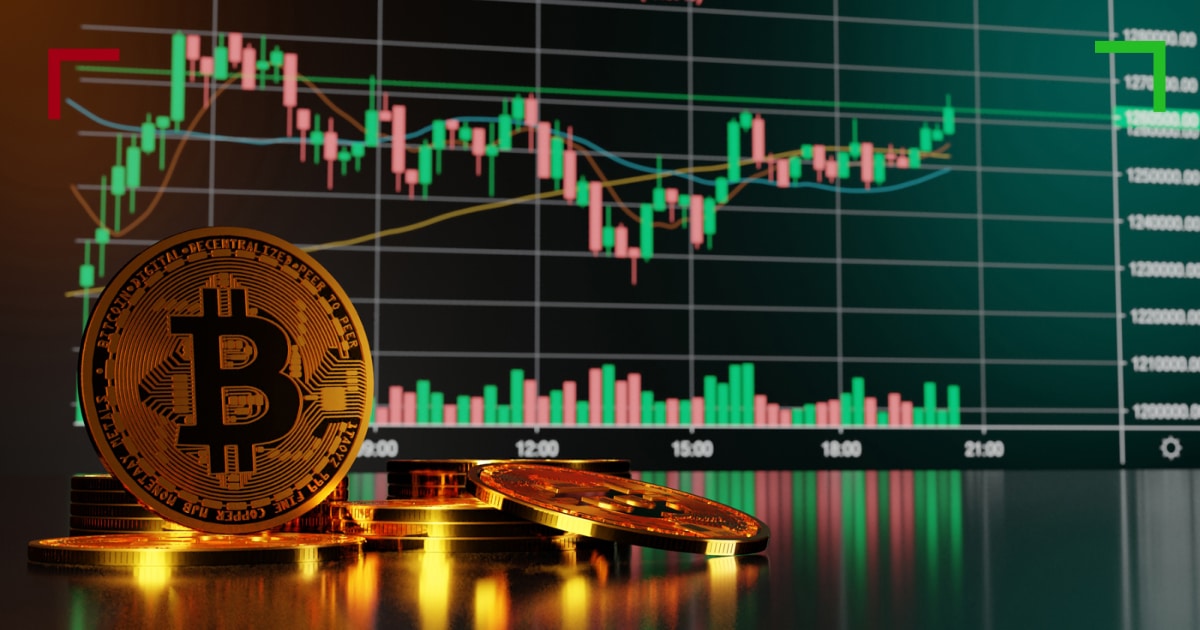
Crypto Trading Automation: Revolutionizing the Way We Trade
The world of cryptocurrency trading has transformed significantly in recent years. As more individuals and institutions venture into this digital asset space, the need for efficiency and speed has become paramount. One of the most effective solutions to tackle these challenges is through Crypto Trading Automation https://www.carlagericke.com/author/carla/page/41/. This article will explore the benefits of automation in trading, analyze various tools available, and provide insights on how to implement these strategies effectively.
What is Crypto Trading Automation?
Crypto trading automation refers to the use of software and algorithms to execute trades on behalf of a trader. This process removes the emotional aspect of trading, allowing for data-driven decisions based on pre-set parameters. Automation ensures that trades are executed instantly, capitalizing on market opportunities that may be fleeting.
The Benefits of Automation in Crypto Trading
There are numerous advantages to adopting automated trading in the cryptocurrency market:

- Speed: Automated trading systems can execute trades within milliseconds, significantly reducing the time from analysis to execution. This is especially crucial in the volatile crypto market, where prices can change rapidly.
- Emotion-Free Trading: One of the biggest pitfalls for traders is emotional decision-making. Automation removes the psychological factors affecting trading, leading to more consistent performance.
- Backtesting Capabilities: Automated systems allow traders to backtest strategies against historical data. This helps in refining trading strategies before implementing them in real-world conditions, increasing their odds of success.
- 24/7 Operating Hours: Unlike traditional markets, the cryptocurrency market operates round-the-clock. Automated trading systems can take advantage of this by continuously monitoring the market and executing trades at any time.
- Diversification: Automation enables traders to spread their capital across multiple assets and strategies simultaneously, diversifying their risk and maximizing potential profits.

Types of Automated Trading Strategies
There are several types of trading strategies that can be automated:
- Arbitrage Trading: This strategy involves taking advantage of price discrepancies across different exchanges. Automated systems can monitor multiple exchange rates and execute trades quickly to secure profits.
- Market Making: This strategy involves providing liquidity to the market by placing buy and sell orders (often simultaneously). Automated market makers maintain consistent bid-ask spreads and profit from the price fluctuations of assets.
- Trend Following: This strategy follows the direction of the market and makes trades based on the prevailing trend. Automated systems can be programmed to enter and exit trades based on certain indicators or price movements.
- Mean Reversion: This strategy plays on the idea that prices will revert to their historical mean. Automated systems can identify overbought or oversold conditions and execute trades accordingly.
Choosing the Right Automation Tools
Selecting the right trading platform or tool is critical to your success in automated crypto trading. Several platforms offer different features, including:
- Trading Bots: These are software applications that automatically execute trades on behalf of a user based on set criteria. Popular bots include 3Commas, Cryptohopper, and Binance’s own trading tools.
- API Access: Many exchanges provide APIs that allow traders to build custom trading applications. This is ideal for those with programming knowledge who want to create tailored solutions.
- Algorithmic Trading Platforms: Platforms like QuantConnect and AlgoTrader offer advanced tools for creating, testing, and executing trading algorithms across various asset classes, including cryptocurrencies.
Implementing Crypto Trading Automation
Here are the essential steps for implementing automation in your trading strategy:
- Define Your Strategy: Before diving into automation, ensure you have a clear trading strategy. Your strategy should include entry and exit points, risk management rules, and other critical factors that guide your trading decisions.
- Choose the Right Tools: Based on your trading style and strategy, select the appropriate tools and platforms that meet your needs.
- Test, Test, Test: Use backtesting tools to simulate how your trading strategy would have performed in the past. This is crucial for refining your approach and ensuring its viability in real trading conditions.
- Monitor Your Performance: While automation can handle trades, it’s important to continuously monitor the performance of your strategy. Regular reviews will help identify areas for improvement and adjustment.
- Stay Informed: The crypto market is continually evolving. Stay updated on market trends, regulatory changes, and technological advancements that may affect your trading strategy and automation tools.
The Future of Crypto Trading Automation
As technology advances, the future of crypto trading automation looks promising. Innovations in artificial intelligence and machine learning are poised to enhance trading strategies further, enabling systems to learn from market behavior and adapt in real-time. Such developments could lead to even more sophisticated algorithms capable of analyzing vast datasets and executing high-frequency trades with minimal human intervention.
Conclusion
Crypto trading automation can significantly enhance your trading experience by providing speed, accuracy, and emotional stability. By leveraging automated tools and strategies, traders can optimize their performance in the fast-paced world of cryptocurrencies. As you embark on your journey in crypto trading automation, remember to remain vigilant, continuously assess your strategies, and adapt to the ever-changing market landscape.

Comment (0)